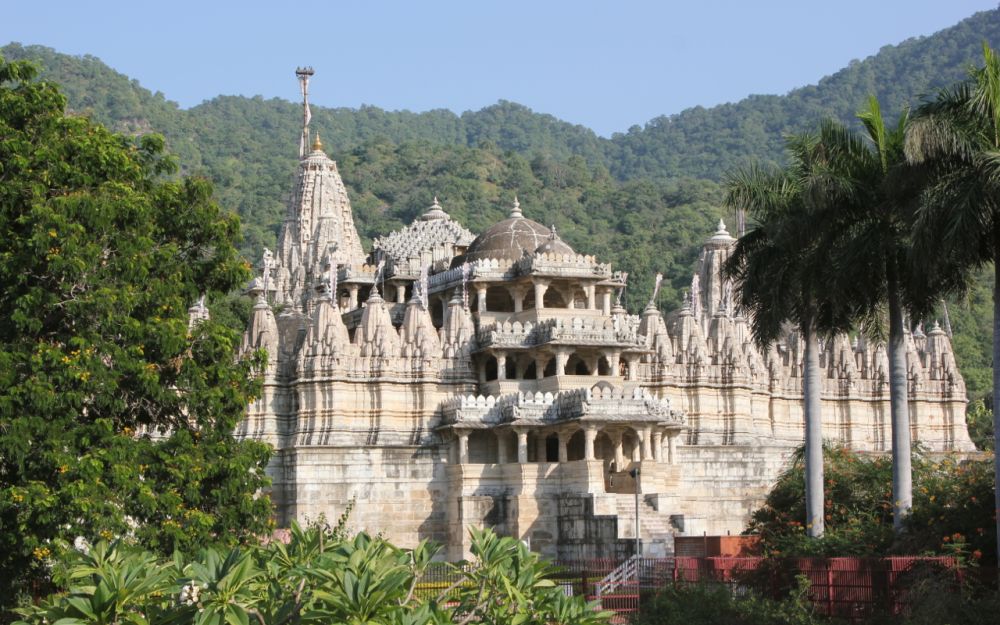

The Ranakpur Jain Temples, located in the Pali district of Rajasthan, India, are a significant site of pilgrimage for the Jain community and a splendid example of their architecture. This temple complex, esteemed for its intricate carvings and architectural finesse, is dedicated to Tirthankara Adinatha. Its history in terms of tourism dates back to when it was built in the 15th century, but it wasn't until later years, particularly after India's independence, that the temples gained significant attention from tourists worldwide.
Constructed during the reign of Rana Kumbha in the 15th century, the Ranakpur Jain Temples were built with the aid of Dharna Shah, a local Jain businessman. The temples are a manifestation of his vision and the masterful work of the renowned architect, Deepaka. As the largest Jain temple complex in India, the site has been an important destination for Jain pilgrims for centuries.
However, it was not until the 20th century, after the temples survived the hazards of time and nature, that the Ranakpur Temples were recognized for their cultural and heritage significance by tourists and historians alike. The Archaeological Survey of India now lists the temple complex as a protected heritage site.
The temple complex is renowned for its opulent design and the intricately detailed carvings that adorn its walls and ceilings. Featuring over 1,444 marble pillars, each uniquely carved with exquisite detail, the temples are a testament to the artisans' skill. The highlight is the central chaumukha, or four-faced temple, dedicated to Adinatha. The most alluring feature of these temples is that no two pillars are alike. This not only manifests the creativity of the craftsmen but also their dedication to Jain beliefs concerning the nature of the universe.
In recent years, Rajasthan's focus on promoting its heritage sites has seen an upsurge in visitor numbers to the Ranakpur Jain Temples. The state's tourism development strategies have included improving accessibility, which today includes well-maintained roadways and an array of accommodations ranging from budget stays to luxury resorts. Additionally, the integration of advanced amenities, guided tours, and visitor centers has augmented the quality of the tourist experience without detracting from the site's spiritual significance.
Sustainable and Responsible Tourism has gained traction, with visitors increasingly interested in experiencing heritage sites in environmentally and culturally respectful ways. Tour operators and local businesses are adapting by offering services that uphold this philosophy.
Experiential Travel is also trending as travelers seek to immerse themselves in the local culture and history. In Ranakpur, this trend is illustrated by the increase in cultural performances, traditional dining experiences, and opportunities to interact with local artisans.
Digital Integration in tourism is evident with the availability of virtual tours, online ticket booking, and augmented reality experiences, making it convenient for tech-savvy tourists to explore and learn about the Ranakpur Jain Temples before even stepping foot on the premises.
In conclusion, the Ranakpur Jain Temples not only offer a window into the spiritual and artistic legacies of Jainism but also provide an enriching experience for visitors from around the globe. As tourism trends evolve, Ranakpur continues to welcome guests with its ageless appeal and reverence, a jewel in the crown of Rajasthan's cultural heritage.